- Kitchens
- Design Ideas
- Cities
- Trends
- Guides
- Price Calculators
- Our PortfolioNEW
- More
- Home
- Trends
- Furniture And Decor
- Indoor Plants
- Best Air Purifying Indoor Plants Indp
Air Purifying Plants: Best Air Purifying Indoor Plants for Your Home
Not very long ago, we used to breathe in pure air and live a healthy life. The concept of keeping air purifying plants wasn’t known. We only knew about plants, I repeat, just the plants. But today, we have to buy an air purifier so that we can inhale fresh air inside our home. Obviously, we have lost access to unadulterated oxygen; all thanks to industries, vehicles, air conditioners, refrigerators, etc.
Table of Content
Best Indoor Air Purifying Plants that Also Induce Better Sleep
- 1.1 1. Spider Plant (Cholorphytum Comosum)
- 1.2 2. Devils Ivy or Pothos (Epipremnum Aureum)
- 1.3 3. English Ivy
- 1.4 4. Boston Fern (Nephrolepis exaltata v. Bostoniesis)
- 1.5 5. Aloe Vera
- 1.6 6. Ficus/Weeping Fig (Ficus Benjamina)
- 1.7 7. Red-Edged Dracaena or Dragon Plant
- 1.8 8. Chinese Evergreens
- 1.9 9. Money Plant
- 1.10 10. Snake Plant/Mother-in-Laws Tongue (Sansevieria trifasciata)
- 1.11 11. Rubber Plants
- 1.12 12. Chrysanthemum
Top 5 Air Purifying Plants That Induce Better Sleep
But not everybody can purchase an air purifier due to its high cost and maintenance. Therefore, indoor air purifying plants could be the best alternative and investment you can make to cleanse the inner atmosphere of your home.
If you want to know about the best air purifying indoor plants, you are in the right place. We have formed a list of some amazing indoor shoots that not only do purifies the air but also induce better sleep. Let's find out what they are:
Best Indoor Air Purifying Plants that Also Induce Better Sleep
The best thing about the indoor plant is that not only does it purify the air but also add beauty to your surroundings. They create vibes that are quite unmatched. Given below are some top air purifying plants NASA recommended and researched. Welcoming them into your home will make your life better than ever.
Along with devouring fresh and ultimately pure air, you will get a calm mind and avail of various benefits. So, without any further ado, let's get started-
1. Spider Plant (Cholorphytum Comosum)
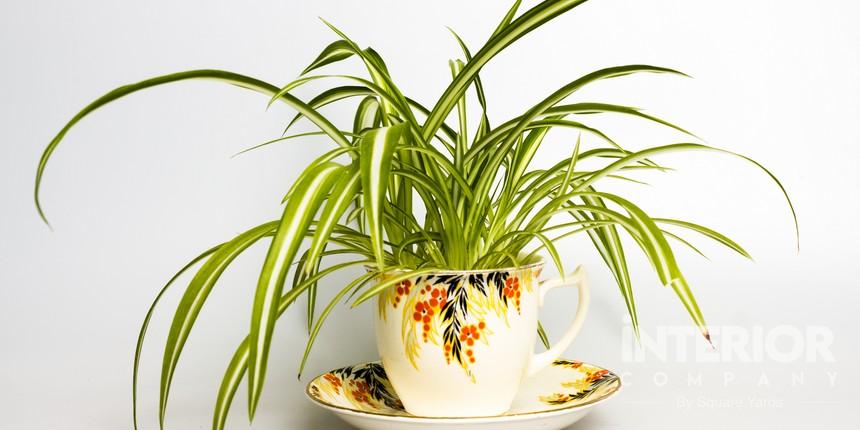
If this is the first time you are bringing in a plant or if you aren't that good with plants, then spider plant will be your perfect go-to. They aren't much demanding as others. Keep it in indirect sunlight, it will literally thrive and has the potential to survive any condition. In fact, they can survive in temperatures as low as 2 degrees. It fights off toxins like formaldehyde and xylene and is known to produce the most oxygen among various air purifying indoor plants.
Traditionally, a spider plant is also known as Cholorphytum Comosum. The shoots of baby spider plants sent by spider plants are known as spiderettes.
2. Devil's Ivy or Pothos (Epipremnum Aureum)

Scientifically known as Epipremnum Aureum, Devil's Ivy grows easily and fights off common toxins in the house such as benzene, trichloroethylene, xylene, and formaldehyde. The plant adds beautiful colour to any room having cascading tendrils. You can grow this indoor houseplant either in hanging baskets, pots, or even water.
Devil's Ivy has some other names too- pothos or golden pothos.
3. English Ivy

One of the best air purifying plants, English Ivy is an easy-growing perennial vine. It is specifically effective in mitigating airborne faecal particles which makes the plant a perfect fit for your bathroom or en suite for purifying the surrounding air. Additionally, studies have suggested that English Ivy help in removing mould levels in the home.
4. Boston Fern (Nephrolepis exaltata v. Bostoniesis)

Boston ferns are most popular for their sword-shaped fronds which makes them a great fit for a pedestal or hanging basket. They are one of the best air purifying plants that thrive in humid environments and demand constant moisture. Just like other plants, Boston ferns also remove toxins like xylene and formaldehyde.
In order to keep them fit and fine, you must keep their soil moist, regular misting, and place them in indirect sunlight near patios, balconies, or windows. During winter, you must cut the fronds back by around 2-inches so that the plant can regenerate and grow in the warmer months.
5. Aloe Vera

Known as a healing plant, Aloe Vera could be a beautiful addition to the windowsill of your kitchen, since the plant loves the sunny spot. The plant is highly effective in soothing any kitchen burns, cuts, and bites. Aloe Vera is quite fleshy and juicy and removed a lot of toxic elements from your room such as formaldehyde, benzene, etc.
Aloe Vera produces oxygen at night, which is great for your bedroom's atmosphere.
6. Ficus/Weeping Fig (Ficus Benjamina)
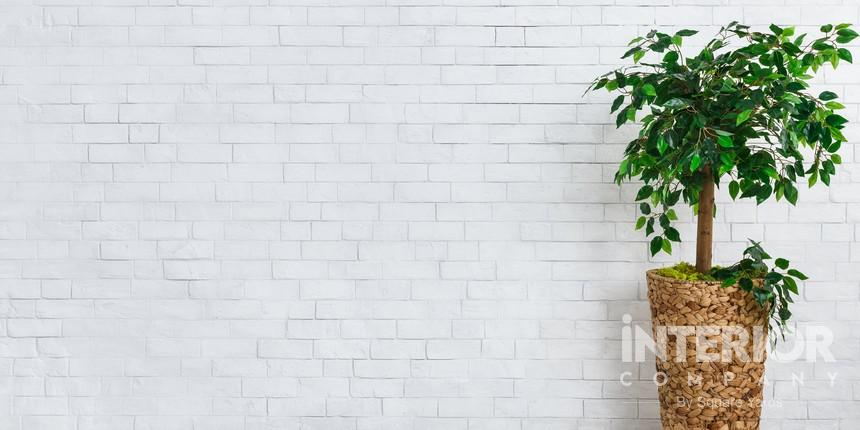
The weeping fig is native to Southeast Asia. The plant which is planted mostly indoors can grow as high as 10 feet tall. Similar to other air purifying plants, the weeping fig likes bright, indirect sunlight, and requires to be watered weekly. Make sure to let it dry out fully between drinks.
Being one of the best air purifying indoor plants, it eliminates the toxins such as benzene, formaldehyde, and trichloroethylene.
7. Red-Edged Dracaena or Dragon Plant
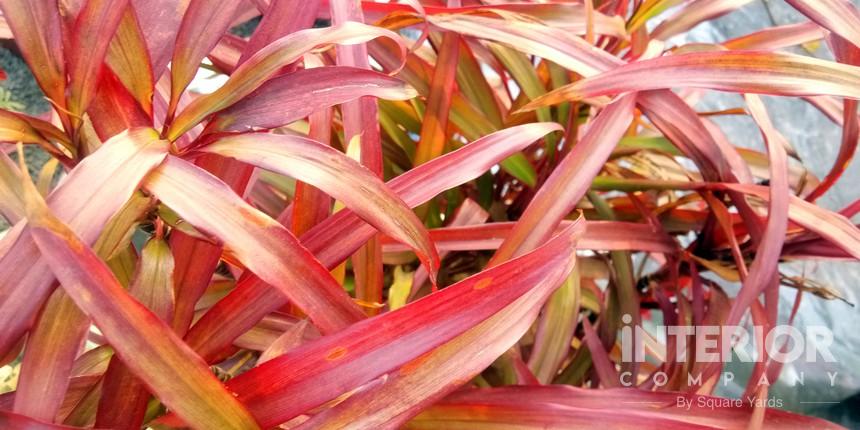
According to the researches of NASA, red-edged dracaena is highly effective in removing toxins such as formaldehyde, benzene, and trichloroethylene from the air. It is also known as the Dragon Plant and is a subtropical tree. It doesn't require much care and can grow in any condition. Such a tree has the potential to grow up to 15 feet tall. This plant is ideal for places with large spaces.
8. Chinese Evergreens
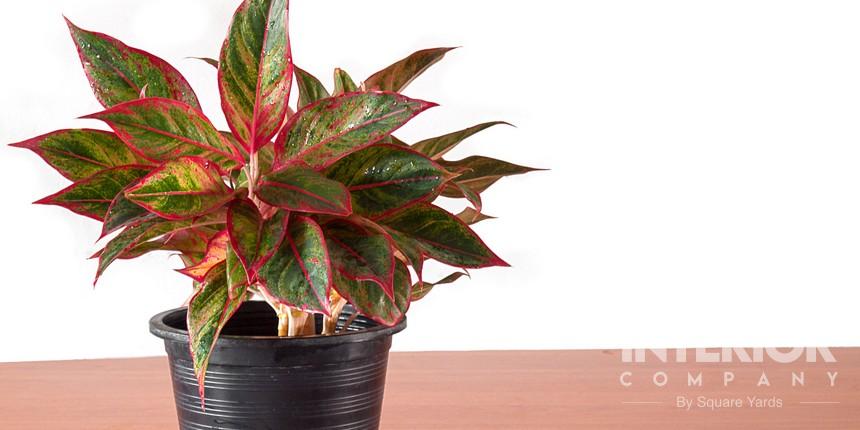
It's one of the most popular plants in most households and for a good cause. Chinese evergreen releases a high amount of oxygen and purifies indoor spaces of harmful chemicals such as formaldehyde, benzene, and more. As the name suggests, it is one of the most common air purifying plants for bedrooms in China, particularly for its high efficiency in eliminating harmful gases and particles from the air.
The Chinese Evergreen plant is more likely to grow well in full shade. Moreover, it requires watering only occasionally with attention to keeping the soil moist. It's totally on the owner how many plants he/she wants to keep.
The best place to keep the Chinese Evergreen plant is in the living room.
9. Money Plant
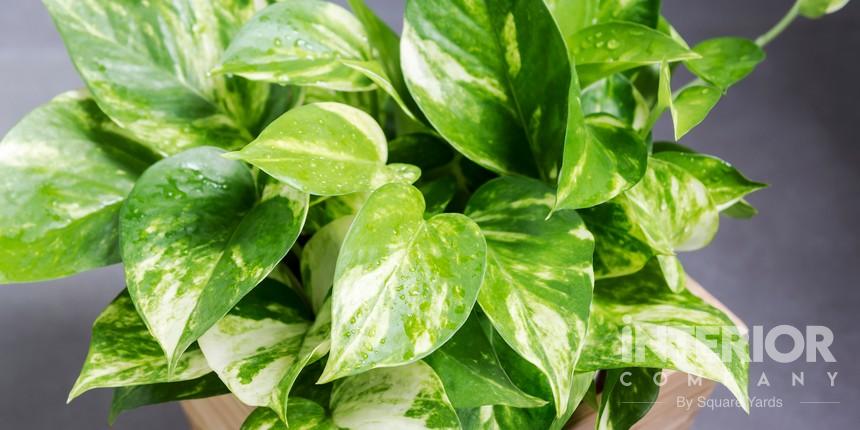
As per the research conducted by NASA, the money plant has the ability to eradicate chemicals along with other pollutants from the air, including toluene, formaldehyde, xylene, and benzene. Although the plant has a high purification rate, it is considered toxic for dogs, cats, and small kids if they ingest its leaves.
The money plant thrives in indirect sunlight and demands watering every week or so. Three 18-inch money plants for one person is recommended. You should keep this plant somewhere that is out of reach of small children or pets.
10. Snake Plant/Mother-in-Law's Tongue (Sansevieria trifasciata)
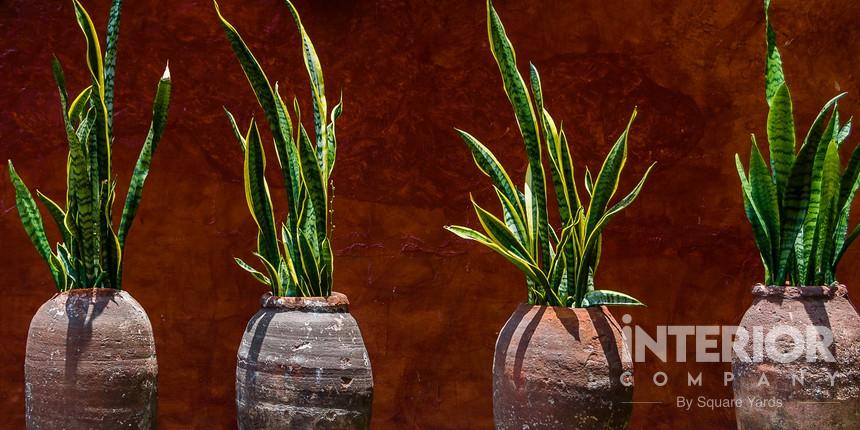
Otherwise known as Mother-in-Law's Tongue, snake plants are fleshy plants growing to the height of up to two meters. It's quite low in maintenance and can thrive almost in any condition. You can even put it in the spot with direct sunlight for a couple of hours a day. It loves brightness. But make sure you do not overwater it as they grow in dry conditions.
Snake plants are known to remove toxins such as trichloroethylene, xylene, formaldehyde, and benzene and purifies the air to a great extent. It could be one of the best air purifying house plants.
11. Rubber Plants
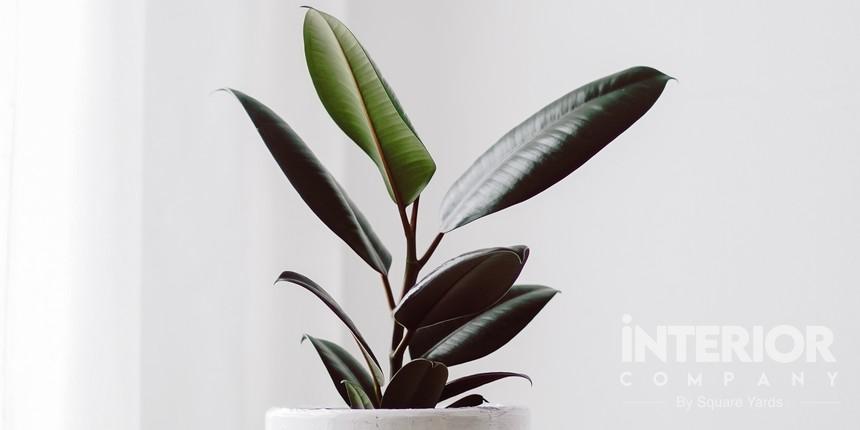
Also known as Ficus Robusta, rubber plants aren't much demanding. They require minimal care. According to the studies conducted by NASA, rubber plants are highly effective in purifying the surrounding air as they produce a huge amount of oxygen throughout the day. The large and broad leaves of this plant absorb all the airborne chemicals and break them down to render them harmless.
The rubber plants exhale carbon dioxide and transform it into pure oxygen. Moreover, this plant is quite useful in eradicating any bacteria and mould spores present in the air. Therefore, rubber plants are indeed the best air purifying plants.
12. Chrysanthemum
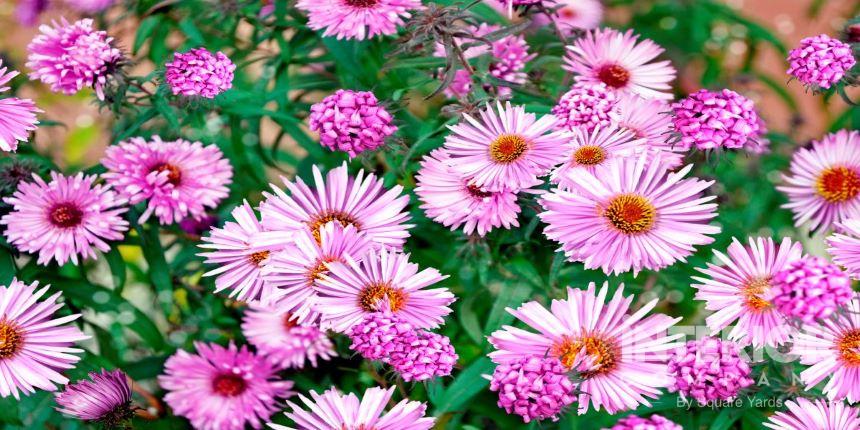
As pretty as it blooms, does equally amazing work at filtering out a host of toxin including benzene and ammonia from the room. Such toxins are generally found in glue, detergents, and plastics. Chrysanthemum loves sunlight. Therefore, you are recommended to put it in a place that receives enough sunlight. A spot with a sunbathed window would be amazing for this plant.
You can place this one of the best air purifying plants in your living room or kitchen.
Top 5 Air Purifying Plants That Induce Better Sleep
In today's stressful and utterly busy life, only a few of us get lucky to have a good sleep. Most of us feel sleep-deprived which can be often observed at the workplace. And believe me, it doesn't feel nice at all.
Being sleep-deprived causes severe headaches and hence, no concentration while working. As a result, you feel lazy and your entire day is wasted.
Therefore, it's pretty crucial that you get a significant amount of sleep so that you can feel fresh all day long and perform your daily tasks enthusiastically. Given below are a few indoor plants that are known to offer better sleep. Bring them to your home and live your day:
a) Lavender

Lavender is most known for its beautiful and relaxing scent. Scientifically, the flower is known to decrease blood pressure and heart rate. This is of great advantage specifically when you are having a hard time dealing with anxiety while you are into bed.
You can spray your pillows with lavender spray or keep pouches of dried lavender in your pyjama drawers to get its essence in your sleep clothes. In fact, the best solution would be to keep a pot full of fresh lavender by your bed. The continuous scent of lavender will keep your mind and the entire aura of your room soothing and relaxing.
Since this plant likes the sunlight and warmth, you must keep it on your windowsill.
b) Peace Lily

Whether the air inside your room is too damp or it's too dry, it will create an issue in sleeping. People dealing with the problem of having dry air in the room must get a peace lily in their bedroom. The lilies will help in raising the humidity of your bedroom by up to 5%, which is known to heal dry hair and skin and reduces static electricity and increased susceptibility to cold. In a nutshell, a peace lily is complete apartment therapy.
Now, when your room gets so cosy and receives fresh air, it will automatically help you sleep better at night. Since this plant doesn't need much light or even watering, you can simply keep it right next to your bed.
c) Aloe Vera

It is one such plant that almost everybody is familiar with. It has huge popularity among households due to its varied characteristics including soothing minor cuts, dry skin, and bites. As already discussed, Aloe Vera produces oxygen at night, which is great for your bedroom's atmosphere. With fresh oxygen in a huge amount, you can relax your mind, remove the toxicity, and get a better sleep automatically.
Now, since the plant loves a lot of sunlight, you must keep it in the window, exactly next to your lavender (in case you have any).
d) Snake Plant (Sansevieria)
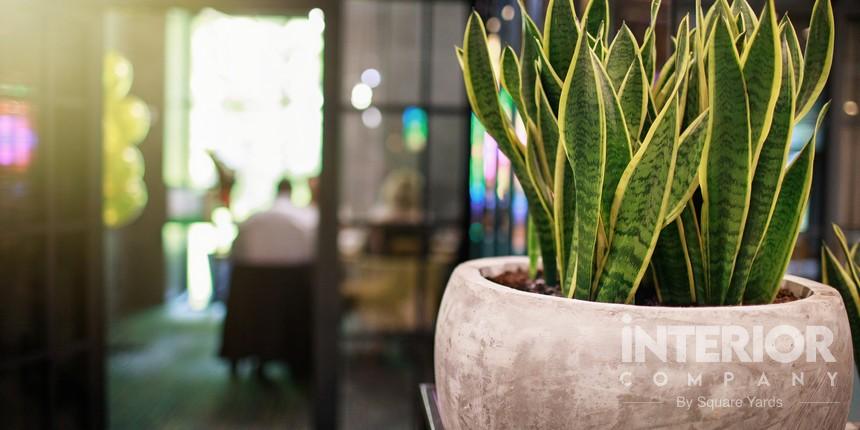
One of the many reasons for bad sleep could be the air inside your room. It might be toxic and impure. It's a fact that most of our time in the bedroom that we spend, we inhale moisture, which obviously increases the level of humidity inside the room, especially when the room is closed. The air circulation in the room decrease and we breathe the same air again and again. As a result, it becomes unhealthy.
Increases humidity tends to increase the likelihood of dust mites and moulds that impact your ability to breathe. As a result, you are left with a bad night's sleep. Snake plants are known to produce the most oxygen. Bringing it to your bedroom or living room will help in mitigating a plethora of chemicals such as benzene, formaldehyde, xylene, toluene, and trichloroethylene. When you get fresh air, your mind cleanses, and you achieve a night of better sleep.
e) Areca Palm

Considered as one of the best air purifiers, Areca Palm is known for its excellent feature of eradicating toxins from the air. Also a natural humidifier, Areca Palm ensure that your bedroom continues to have excellent air quality while you sleep.
Since the plant likes to habitat in a lot of brightness but indirect light, put it somewhere safe. Keep the soil of the plant moist and during the summer and spring, and give it some time to dry out between watering in winter and autumn. In case the light is too harsh, the leaves will turn yellow.
Ready for a home transformation?
Let our designers assist you!
Recent Posts
Related Category
- Balcony
- Bedroom
- Home Decor
- Living Room
- Outdoors



































